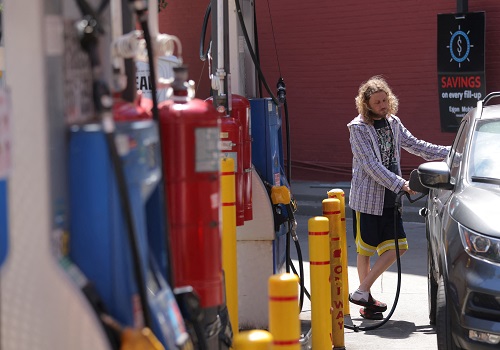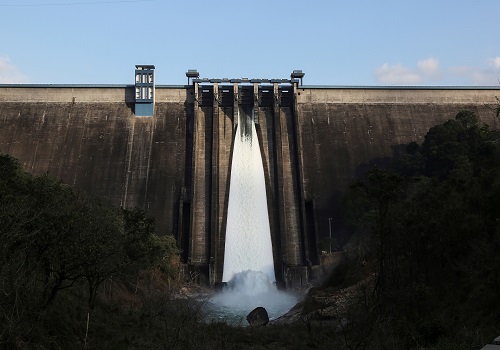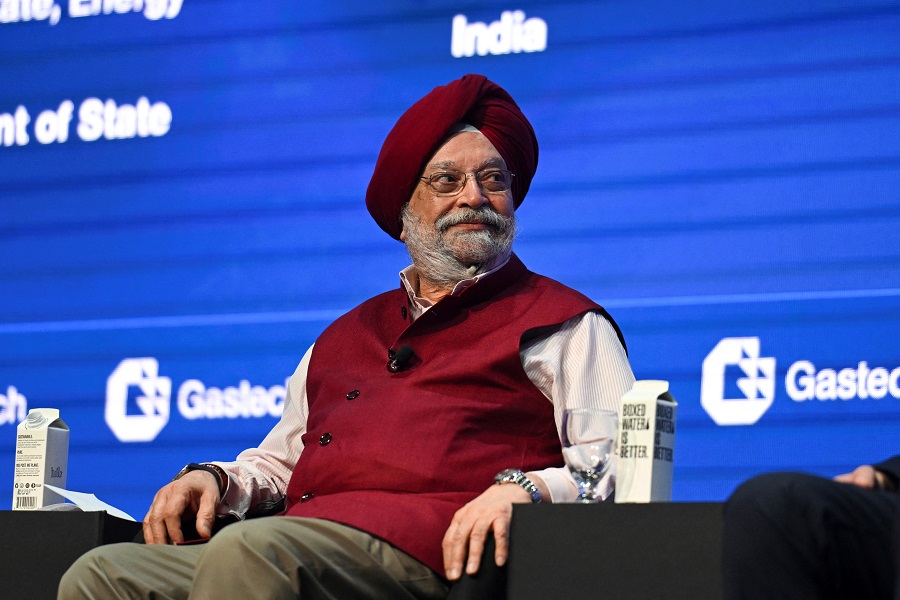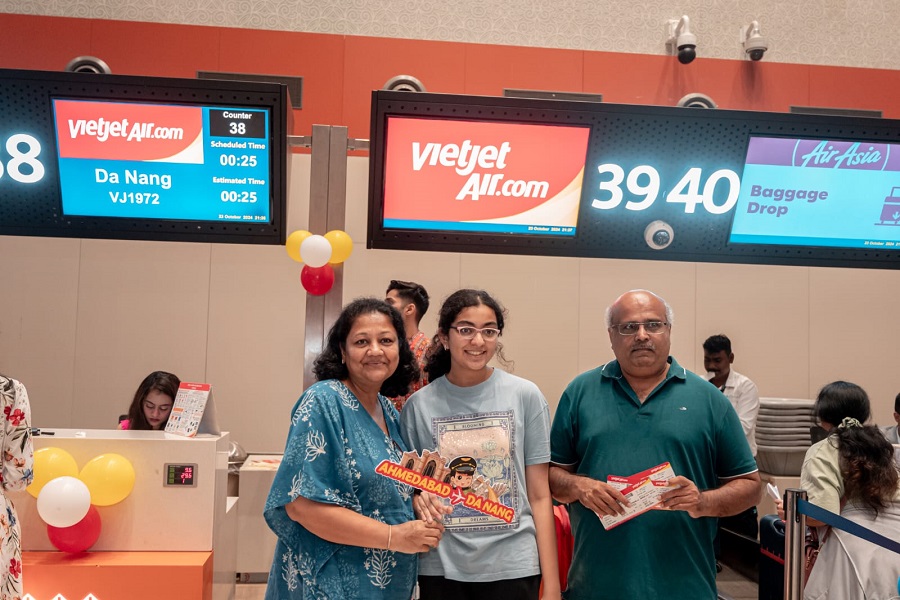India’s inland waterways transport offers robust growth opportunities via PPPs
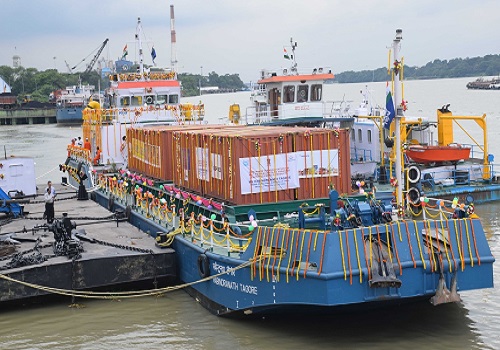
The Indian inland waterways transport (IWT) sector presents significant opportunities for growth through public-private partnerships (PPPs), and the government is eyeing expansion of the PPP model to drive development, according to a report on Tuesday.
The focus on expanding PPPs and offering financial incentives, such as discounts up to 35 per cent on freight transported via key national waterways (NW), aims to further attract private sector participation, according to the report by Crisil Market Intelligence and Analytics.
A subsidy scheme is being formulated for NW-1, NW-2 and NW-16, which traverse key states such as Uttar Pradesh, Bihar, Jharkhand, West Bengal and Assam, to promote the use of inland waterways for freight transport, the report mentioned.
Since the government’s strategic shift in 2016, the number of operational waterways has increased from just three in fiscal 2014 to 26 by fiscal 2024, driven by substantial budgetary support and key initiatives like the Jal Marg Vikas Project.
Launched in 2018 with a financial outlay of Rs 5,369.18 crore, the project aims to enhance the capacity of National Waterway 1 (NW), spanning 1,390 km along the Ganga-Bhagirathi-Hooghly river system.
“India’s inland waterways are witnessing significant revitalization driven by targeted investments and policy reforms. The cost advantage is clearly benefiting this mode of transportation, transporting 1 tonne of freight by waterways is approximately Rs 1.06 per km, notably less than Rs 1.36 per km by rail and Rs 2.50 per km by road,” the report argued.
The resurgence in the sector has resulted in a marked increase in cargo volumes, surging from 18.1 million tonnes in fiscal 2014 to 132.9 million tonnes in fiscal 2024, with the government setting ambitious targets of 200 million tonnes by fiscal 2030 and 500 million tonnes by fiscal 2047.
Digital innovations have played a key role in improving efficiency in the IWT sector. Platforms such as the IWAI Vessel Tracker, PANI Portal and Car-D Portal provide real-time navigation information, updates on cargo tracking, and efficient management of cargo and passenger data.
Water transport also produces lower emissions, less noise and consumes less energy, making it an environmentally-friendly alternative to the traditional road and rail transport.
Waterways are suitable for moving bulk commodities such as coal, iron ore, iron ore fines, sand and minerals.














